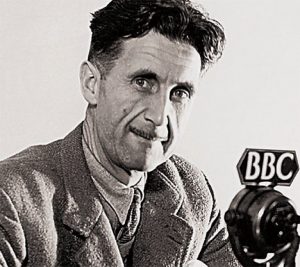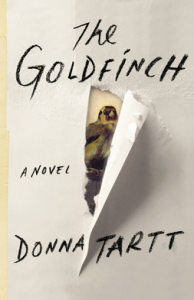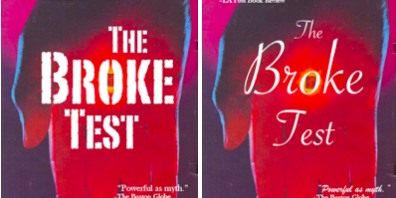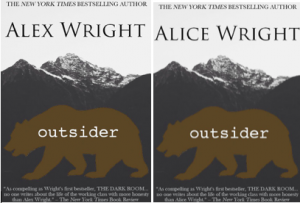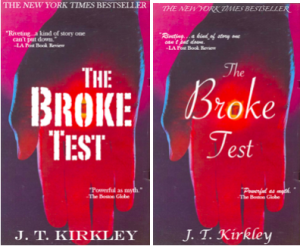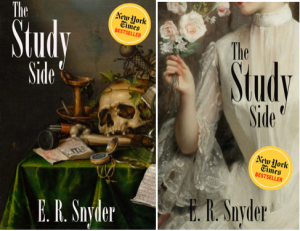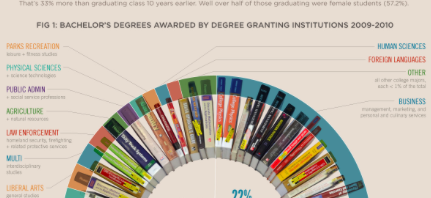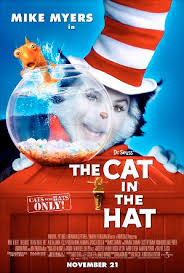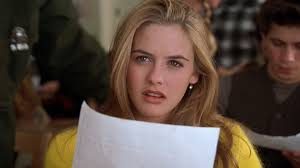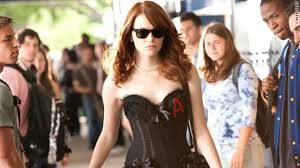The fig is a vibrant ingredient of my private mythology. Both sets of my grandparents had thriving trees in Griffin, Georgia, and when I moved to Opelika in Alabama my new yard was blessed with a pair that eventually reached thirty five-feet high, but of course the shade they offered was hardly their greatest gift. Kin to the mulberry, the shrub/trees can grow luscious, delicate fruit, companionable to rocky, free-draining soil, but hard to cultivate here in the Blue Ridge, where they are not only not native, but seem reviled by the weather. But not always, for our generous neighbor Lori out on Timber Ridge seems to have the touch and industry to help them thrive, and from her bumper crop this year she has brought some bowls to savor.
My earliest or strongest association with figs is not a comforting one. Under the fig tree by the well house at my Grandmother Thaxton’s house, I once discovered a very dark copperhead coiled, thick as my adult wrist, less coppery than brown and shadowy mud, no mistaking the viper wedge head but with a sheen of the purplish hue on his head akin to the figs ripening above. How old was I – eight, nine? It was no great leap from the camouflaging fig leaves of Genesis, Adam and Eve and their dangerously serpent-haunted apple tree to a fig tree with a venomous snake flicking his split tongue andflexing his loops. I yelled for granddaddy, but to my amazement, he did not smite or shoot or stone the reptile but lifted him by a garden rake and carried him beyond the trash pit, whispering something about God’s creatures. His wife was of a different mind and never failed to introduce any visible snake not a good luck black snake to the sharp edge of a gooseneck hoe.?
But I overcame my dread, if not the association, mostly due to the syrupy fig preserves she put up in Ball jars, the dark amber syrup with skins suspended, honey on the tongue, the golden seeds popping between my teeth, I slathered fresh cat head biscuits with the delicacy and gobbled them down. No regrets, as the commercial world appears to have judged that fig jelly is an adequate substitute for the sinful treacle, and less messy.
Griffin, Georgia, as I said, right down McIntosh Road from Calvary Baptist, so I was pretty soon getting figs in my religion. Mostly they came to us from Spain, then the Golden State, back eastward and south, but with different ethnic migration patterns, they might have come from Palestine, where they are native and necessary, among the seven sacred plants of Canaan. Jesus seemed to have mixed feelings about them and not a lot of expertise, but he was a carpenter, fishing guide and otherwise occupied with his Father’s business.
Still, the Bible has a bit to say about ficus carica Mysterious enough to invite much primal imagination, they became more than sweet food. Isaiah wrote that they could, boiled, render a plaster to cure, well, boils. Jeremiah identified two kind of figs, good and naughty, and if you sent the latter to wicked people, pestilence would visit them. It’s tempting to imagine that he saw the barren trees as the wicked ones, but it takes two kinds of fig trees to render a harvest – the ones the fig wasp has taken pollen to and those it has taken pollen from.
In Judges 9, Jotham told a story to the men of Shechem, in which the parliament of the trees invited the olive to be their king but were refused, as the olive was quite content to be used by men to honor their god. So then they turned to the fig, who declined saying he would not abandon his sweetness just to be promoted over the trees. The bramble was another matter, but he had conditions. I pondered this one and asked hither and yon but received no satisfactory answer. I was beginning to see figs at the heart of an enigma, and they were personified and inscrutable. They occupied a text and were resonant, so I knew I had to weasel out the implications for myself. Not that I ever succeeded.
Jesus asked if you could get figs from thistles, making agricultural wit, but I knew this was not merely farm business. He also cursed a fig tree he saw from afar and desired fruit from. Up close, it proved to be the barren sort. He was in parable mode and declared the empty tree a symbol of Israel’s unbelievers. He was in a mood anyway, on his way to scourge the money lenders and goose peddlers from the temple. Maybe the tree was a rehearsal.
For a while, those old puzzles were part of my cloud-gathering repertoire, but they faded from sight and savored the preserves. In college, however, I read D. H. Lawrence’s poem “Figs,” which explains both “the proper way to eat a fig in society” and the “vulgar way.” Even the history major I was (that day) could see that the latter was clearly sexual, and Lawrence’s speaker, like Jesus, was talking about two things at once. Besides, I’d already encountered Prufrock’s reluctance to eat a peach and suspected the perils and attractions of sensuality. Texts again, but that poem didn’t really sink into me until Ken Russell’s film of Lawrence’s Women in Love with Rupert and Gerald disputing over fig manners. Then I knew it was about even more than sexuality but about embracing life or trying to rule it.
The fig lends itself to metaphor and indulgence, even in language. “A fig to you,” “I don’t give a fig.” It once meant “trifle” because they were so common but has also in the Mediterranean come to imply femininity. During the Punic Wars, Cato wishing to goad his fellow Romans into attacking Carthage, placed a bowl of figs on the map to represent Carthage – feminine, vulnerable. An aside: Cleopatra ordered her suicide serpent brought to her in a basket of figs. Her way of presiding over her own fate.
Many cultures believe the fig is a talisman against the evil eye. The hole in its blossom end is called the eye, though it radiates to become a star. The seeds inside are golden, the pith pink. No one has ever found a way to safely ship them ripe, but even the dried versions are tasty in their packaged spirals. More like fig Newmans.
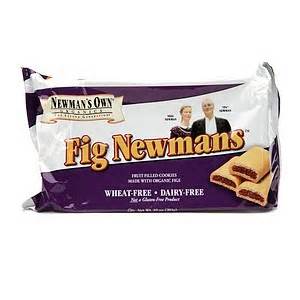 In Opelika, I found the starlings, grackles and blackbirds, as well as other pillagers of convenience delighted in my figs, but the bounty was sufficient to allow me to net and harvest the lower halves of the trees and leave the rest to the greedy beaks.
In Opelika, I found the starlings, grackles and blackbirds, as well as other pillagers of convenience delighted in my figs, but the bounty was sufficient to allow me to net and harvest the lower halves of the trees and leave the rest to the greedy beaks.
Cato identified over thirty varieties of fig in De Argi Cultura, but from all I can determine, the white sap of all the green parts are an irritant to human skin. Especially mine. Goggled, watch- capped and poncho-draped on the step ladder with my wicker basket in Opelika (“swampy place” to the Creeks) I would often (August through early October) ascend and descend, itching like a poison ivy picker, collecting the just exactly ripe figs, gently, my mouth already watering and my mind jangled by Lawrence, Jesus, Cato, Cleo and the question of English holiday “figgy pudding” drenched in brandy and served flambé.
Itchy skin and eyes, bird competition, copperheads and occasional vertigo. Complications aside, I’d still love to have my own fig tree. Go figure.
— RTS (September, 2017)









